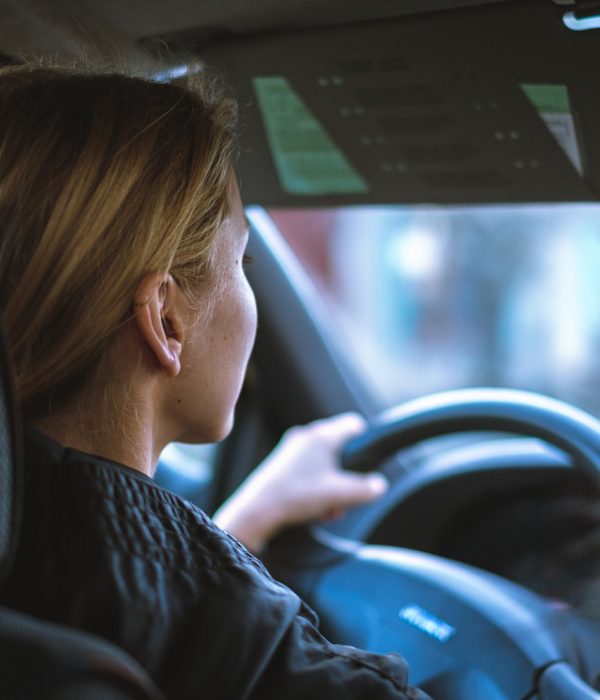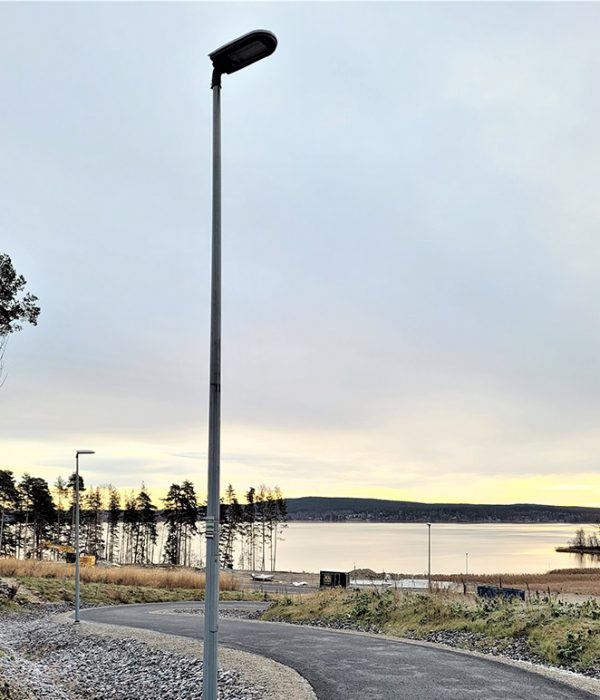Road safety
- for a safer traffic environment.
All Northcone’s crash safe lighting poles comply with the SS-EN 12767 standard, which is the norm for crash safe poles. The standard is developed by the European standardization organization CEN and contains three different tasks;
- Crash speed
- Energy absorption category
- Safety level for passengers



